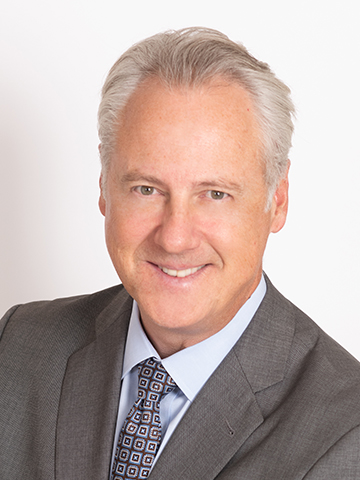States sue Biden over social cost of carbon order

Schmitt
Twelve states are suing the Biden administration over the president’s January 20 executive order on climate change. The suit was filed in U.S. District Court on March 8 by Missouri attorney general Eric Schmitt, who was joined in the action by his counterparts in Arizona, Arkansas, Indiana, Kansas, Montana, Nebraska, Ohio, Oklahoma, South Carolina, Tennessee, and Utah.
The reason: The suit objects to a provision in the order that revitalizes the social cost of carbon (SCC) metric—a tool used by regulators to weigh the cost to society, in dollars, of emitting one ton of carbon dioxide into the atmosphere. The SCC—which takes into account such things as human health, agricultural productivity, property damage from increasingly severe storms, and the value of ecosystem services—had faded into insignificance under President Trump.












 Nuclear power is an important component in the fight against climate change, but independent regulation is needed to gain the public’s---and governments'---trust, according to a March 6 article in The Economist, “
Nuclear power is an important component in the fight against climate change, but independent regulation is needed to gain the public’s---and governments'---trust, according to a March 6 article in The Economist, “
